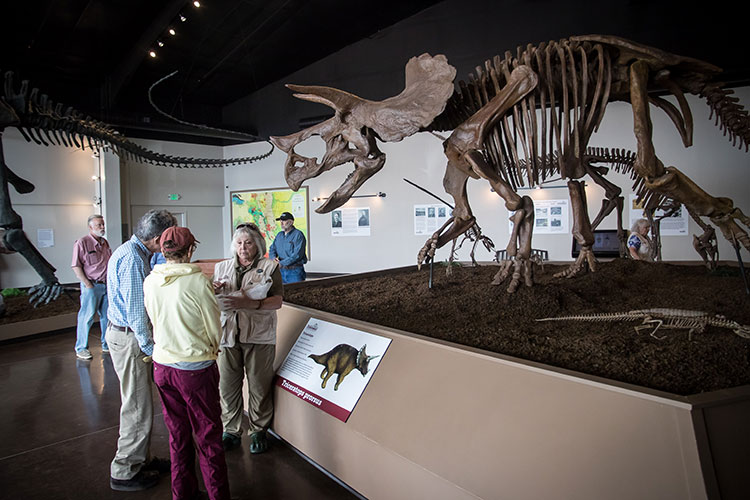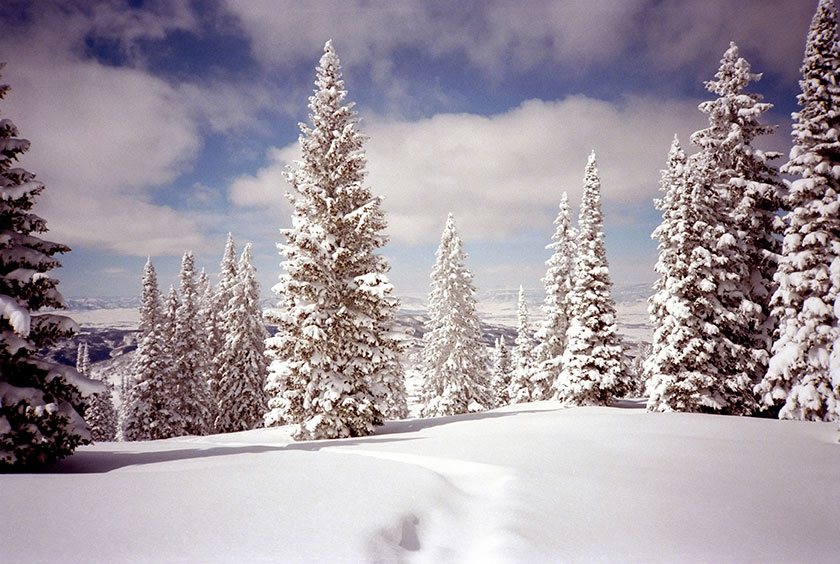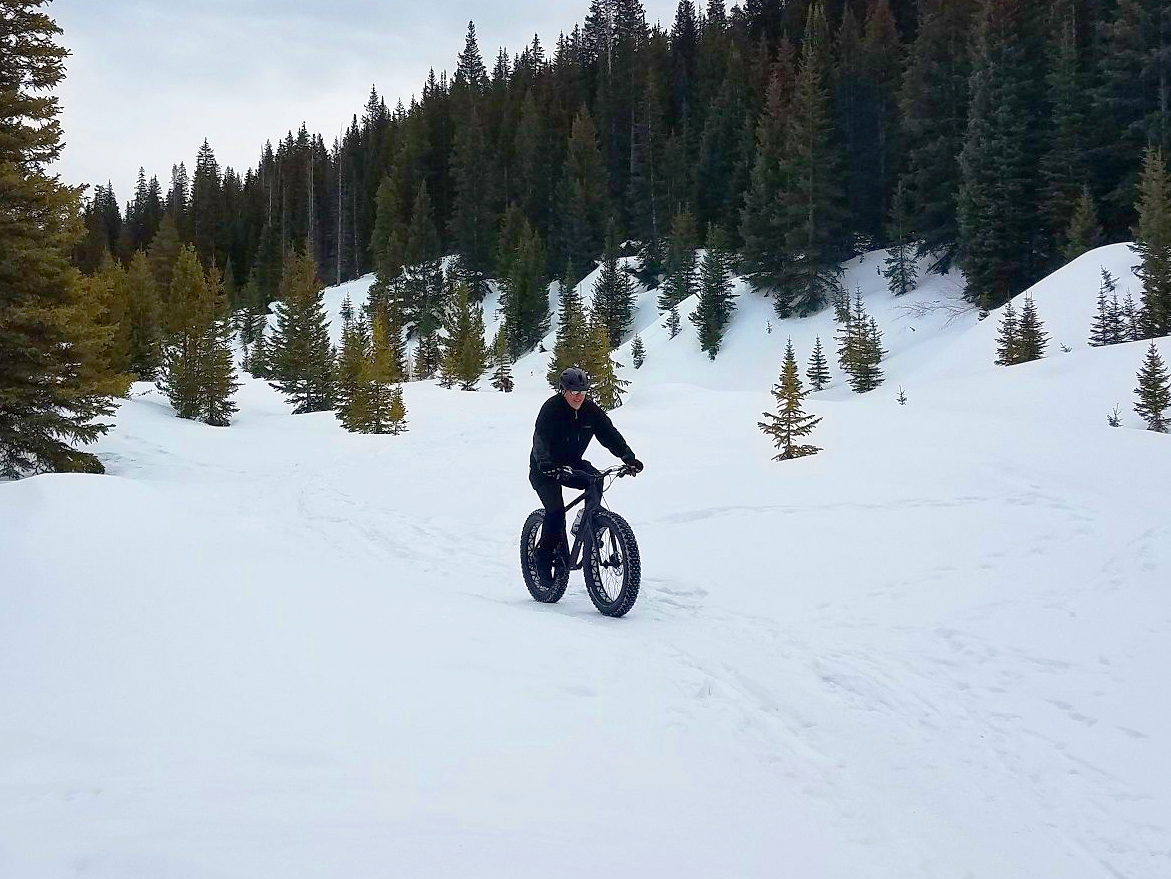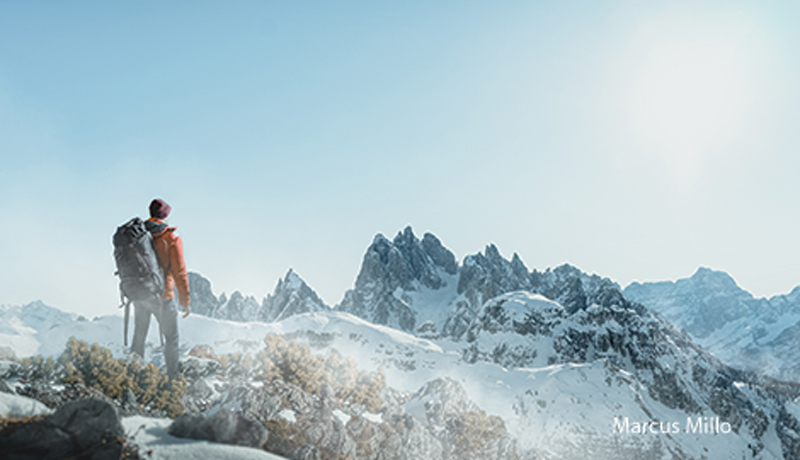Royal Gorge Dinosaur Fossils Public Preservation Sites
Royal Gorge Dinosaur Fossils and more
The Dinosaur Fossil Experience
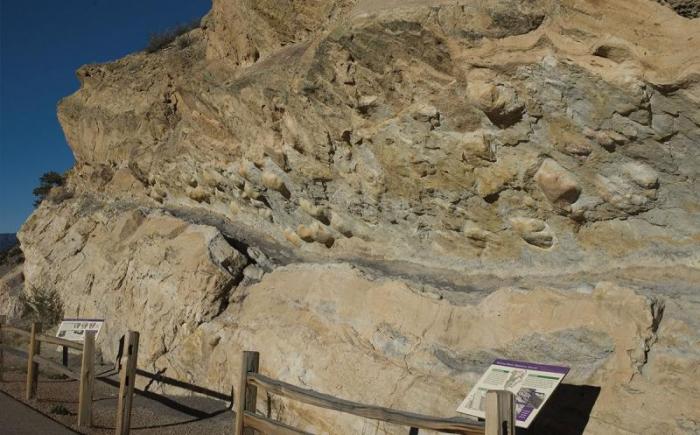
Garden Park Fossil Area
Garden Park Fossil Area, located just north of Cañon City on Red Canyon Road. This site is a 3,600-acre area that has been producing significant dinosaur fossils for nearly 125 years. Most of the Jurassic dinosaur fossils displayed at the Smithsonian’s Museum of Natural History are from this area. Three stegosaurus skeletons, including Colorado’s state fossil, were excavated here.
Indian Springs Trace Fossil Site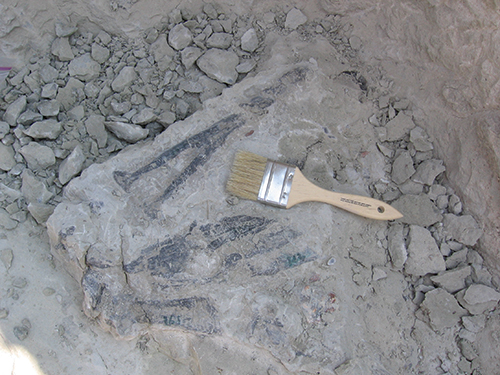
The National Park Service designated the privately owned Indian Springs Trace Fossil Site as a National Natural Landmark. Located just east of Cañon City on the private Thorson Family Ranch. It was designated as a National Natural Landmark due to the importance of trace fossils found from the Ordovician Period (485 to 443 million years ago). These trace fossils include tracks left by trilobites, fish, and other prehistoric creatures on the bottom of an ancient ocean. Indian Springs is considered the best locality to study Ordovician Period trace fossils in North America because of the excellent preservation and wide variety of ichnospecies or types of trace fossils available.
Royal Gorge Dinosaur Fossils Experience
The Royal Gorge Dinosaur Experience is home to a world-class collection of interactive displays, full-scale dinosaur fossil casts, and real dinosaur fossils. Visitors can participate in entertaining guided tours of the exhibit halls and outdoor animatronic dinosaur exhibits. Leave knowing much more about Colorado’s paleontological history while creating indelible memories of a great time spent learning and discovering with your group.
Skyline Drive Trackway Site
In December 1999, William Kurtz, a paleontology student at the University of Colorado, made a remarkable discovery. While walking along Skyline Drive west of Cañon City, he was amazed to see what he thought were dinosaur tracks.
With help from the city of Cañon City in closing Skyline Drive to work in secrecy. Garden Park Paleontology Society volunteers began excavating the trackway site in February 2000. The volunteers worked with hammers, chisels, crowbars, picks, shovels, and wheelbarrows to clear tons of rock covering the tracks and other fossils.
Today, visitors can view tracks made during the early Cretaceous Period, approximately 107 million years ago. Researchers have determined that a group of dinosaurs were walking side by side through the mud along the edge of an estuary, probably eating the plants. The tracks were then filled in by sand and plant debris, which hardened an preserved the actual tracks.
by Kathleen Fitzsimmons

